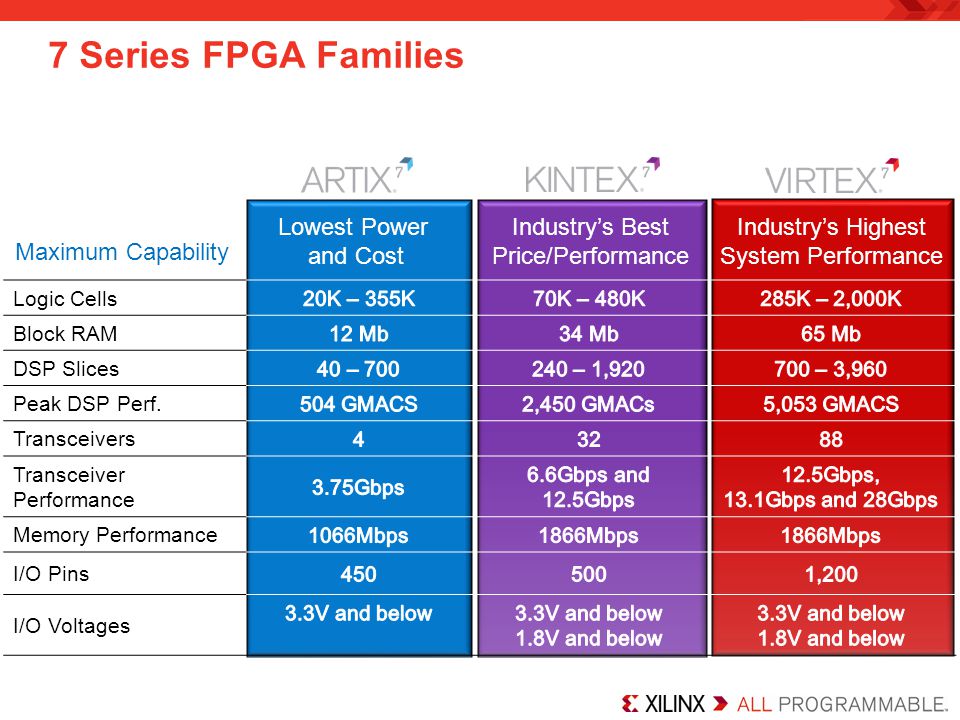Time: 2024-10-15 18:24:22View:
Field Programmable Gate Arrays (FPGAs) have become integral in a range of high-performance applications, from telecommunications to data centers. Xilinx's Virtex-7 series stands out due to its blend of high-performance and flexibility, often a go-to solution for engineers needing robust computing power and scalability. In this article, we’ll explore the various models within the Virtex-7 series, their defining features, and how Xilinx’s naming conventions aid in understanding each model’s capabilities.
The Xilinx Virtex-7 family is built on a 28nm manufacturing process, enabling improved performance and reduced power consumption compared to previous generations. Known for its high logic density and DSP resources, the Virtex-7 series is widely used in data-intensive and real-time processing applications. With a focus on flexibility, this series supports multiple high-speed transceivers, making it a preferred choice for high-bandwidth applications like data centers, image processing, and financial services.

The Virtex-7 family is diverse, designed to cater to varying needs in performance, density, and I/O bandwidth. Here are some prominent models:
Virtex-7 VX485T: This model balances logic density with moderate DSP resources, making it suitable for applications that require significant computational power but do not have extreme DSP requirements. With 485K logic cells, it is designed for general-purpose tasks in high-speed networking and signal processing.
Virtex-7 VX690T: Known for its high logic density (690K logic cells), this model provides substantial computational capacity, well-suited for applications requiring extensive data processing, such as large-scale image and video processing or complex financial algorithms.
Virtex-7 VX980T: Featuring a higher number of I/O and transceiver channels, the VX980T is tailored for applications demanding high throughput and connectivity, like telecommunications and data centers. It supports up to 80 transceivers, providing high-bandwidth communication capabilities.
Virtex-7 HT: The HT models within the Virtex-7 series, such as the HT870 and HT665T, are specialized in high-speed connectivity, boasting transceivers that operate at up to 28.05 Gb/s. These models are particularly valuable in optical communication, high-frequency trading, and applications where ultra-low latency is essential.
Xilinx uses a systematic naming convention for the Virtex-7 family to provide insight into each model's specifications:
This structure allows engineers to quickly determine each model's positioning within the Virtex-7 family and assess its suitability for a particular application.
Key features across the Virtex-7 series include:
Virtex-7 FPGAs are applied in a wide range of industries: